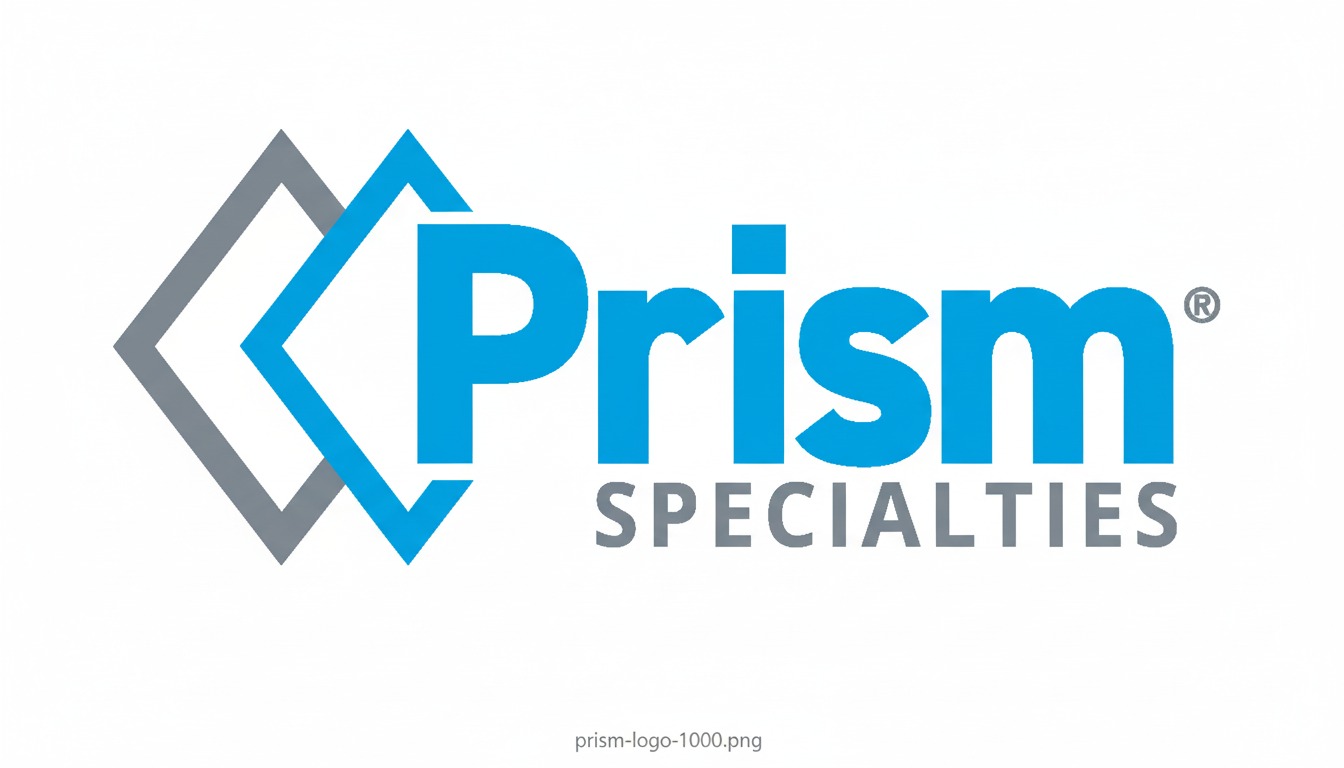1. 🚨 Safety Assessment First
Do not enter the building until fire officials declare it safe. Check for structural damage, gas leaks, and electrical hazards.
2. 📞 Contact Insurance Immediately
Report the fire damage claim as soon as possible. Request an adjuster visit and get your claim number for all future communications.
3. 📸 Document Everything
Take extensive photos and videos of all damage - fire, smoke, and water damage from firefighting efforts before moving anything.
4. 🔒 Secure the Property
Board up broken windows and openings to prevent further damage from weather, theft, or vandalism. Contact professional boarding services if needed.
5. 💧 Address Water Damage
Remove standing water from firefighting efforts immediately to prevent additional damage and mold growth. Use pumps or wet vacuums if safe.
6. 🌬️ Ventilate Smoke Odors
Open windows and doors to begin smoke removal. Use fans to increase air circulation, but avoid spreading soot to unaffected areas.
7. 📋 Inventory Damaged Items
Create detailed lists of damaged and destroyed items with descriptions, age, and estimated values for insurance purposes.
8. 🏠 Assess Structural Integrity
Have a structural engineer inspect the building if there's any question about safety. Do not occupy until cleared by professionals.
9. 🔌 Check Electrical Systems
Have electrical systems inspected by licensed electricians before restoring power. Fire and water can create dangerous electrical conditions.
10. 🏢 Contact Restoration Professionals
Engage certified fire restoration specialists immediately. Time is critical for salvaging smoke-damaged items and preventing permanent damage.
11. 🧽 Begin Smoke Residue Removal
Professional cleaning of smoke residue should begin immediately. Improper cleaning can make smoke damage permanent and worsen odors.
12. 🛏️ Arrange Temporary Housing
Contact your insurance company about Additional Living Expenses (ALE) coverage for temporary housing during restoration.
13. 📚 Prioritize Document Recovery
Immediately stabilize important documents, photographs, and records. These items require specialized restoration techniques.
14. 🧥 Clean and Restore Textiles
Professional cleaning of clothing, drapes, and upholstery should begin quickly. Smoke odors can become permanent without proper treatment.
15. 💻 Electronics Assessment
Have electronics professionally evaluated. Smoke and soot can cause delayed failures even in items that appear undamaged.
16. 🎨 Artwork and Valuables
Special items like artwork, antiques, and collectibles require specialized restoration techniques. Don't attempt DIY cleaning.
17. 📄 Keep All Receipts
Save receipts for all emergency services, temporary housing, meals, clothing, and restoration work for insurance reimbursement.
18. 🏦 Contact Banks and Creditors
Notify banks, mortgage companies, and creditors about the fire. Many offer assistance programs for disaster victims.
19. 🔍 Monitor Health Effects
Watch for respiratory issues from smoke inhalation. Seek medical attention if you experience breathing difficulties or persistent cough.
20. 📞 Stay in Communication
Maintain regular contact with your insurance adjuster, restoration company, and contractors throughout the recovery process.
